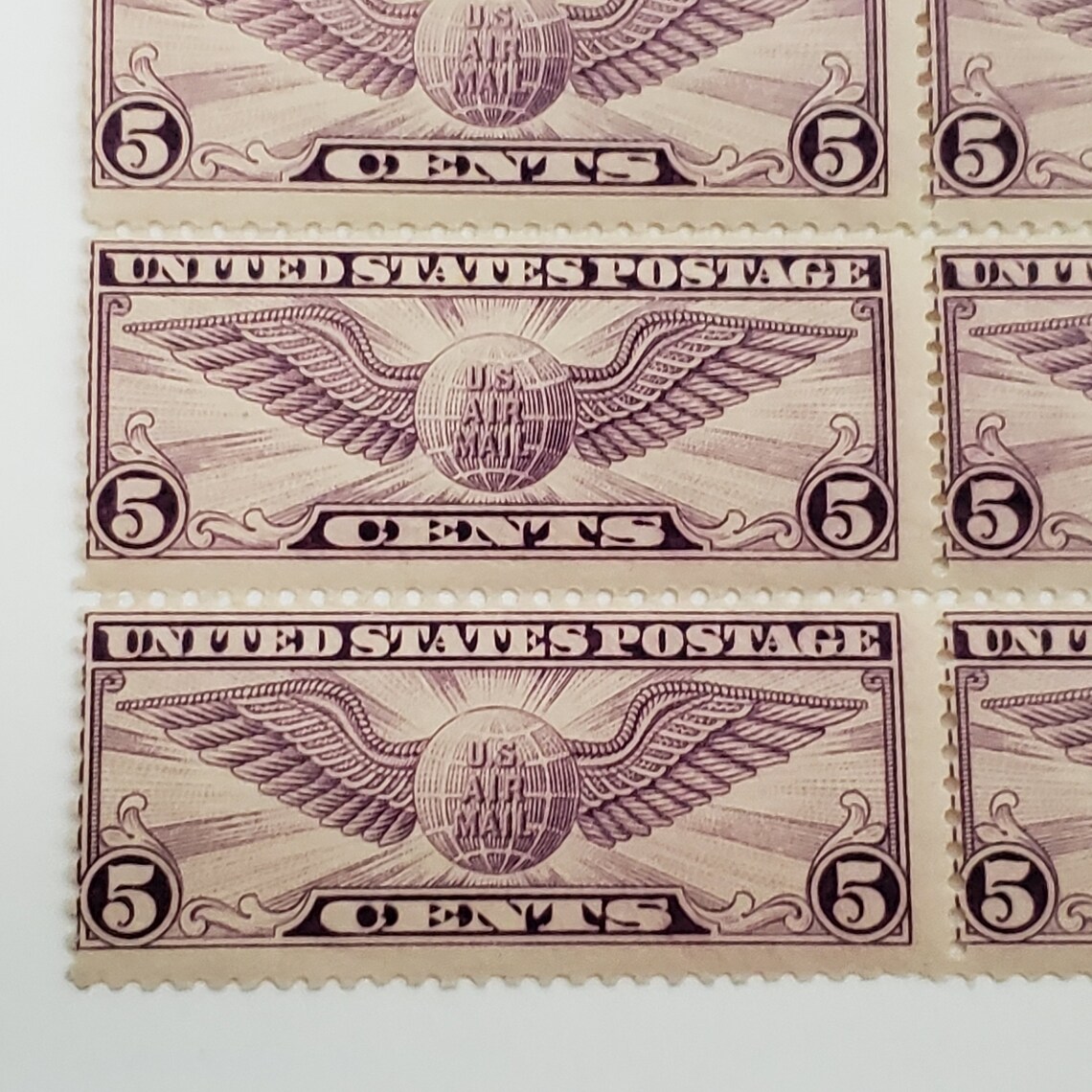

Halifax stationer Benjamin Leigh started postal service in Nova Scotia by 1754. In the years leading up to the American Revolution, mail routes among the colonies existed along the few roads between Boston, New York, Philadelphia, Montreal, Trois Rivieres, and Quebec City. The tax was repealed a year later, and few were ever actually used in the colonies, but they were sold, including in Nova Scotia and the British Caribbean islands. Years later, in1765, taxation implemented through the mandatory purchase of stamps (embossed directly on documents or embossed on paper and affixed to them) was an issue that helped to spark the American Revolution. Officially sanctioned mail service began in 1692 when King William III granted to an English nobleman a delivery "patent" that included the exclusive right to establish and collect a formal postal tax on official documents of all kinds. (This area of New France would join Britain’s other American colonies in 1763 as Quebec.) Courier service began between Montreal and Quebec City by 1693, and likely occurred earlier, as Pedro da Silva, a courier, had arrived more than 20 years before that. In the American colonies, informal independently-run postal routes began in Boston as early as 1639, with Boston to New York City service starting in 1672.
#5 cent airmail stamp free#
Free Franklin Post Office in Philadelphia Postal services began in the first half of the 17th century serving the first American colonies of Britain and France today, the United States Postal Service is a large government organization providing a wide range of services across the United States and its territories abroad.

Postage due stamps were issued for some time and were pasted by the post office to letters having insufficient postage with the postage due to be paid to the postal carrier at the receiving address. Continued technological innovation subsequently prompted the introduction of special stamps, such as those for use with airmail, zeppelin mail, registered mail, certified mail, and so on. However, once the Post Office realized during the 1890s that it could increase revenues by selling stamps as "collectibles," it began issuing commemorative stamps, first in connection with important national expositions, later for the anniversaries of significant American historical events. Each of these stamps generally bore the face or bust of an American president or another historically important statesman. The issue and use of adhesive postage stamps continued during the 19th century primarily for first-class mail. government post office July 1, 1847, in the denominations of five and ten cents, with the use of stamps made mandatory in 1855. Stampless letters, paid for by the receiver, and private postal systems, were gradually phased out after the introduction of adhesive postage stamps, first issued by the U.S. Postal delivery in the United States was a matter of haphazard local organization until after the Revolutionary War, when eventually a national postal system was established. In the earliest days, ship captains arriving in port with stampless mail would advertise in the local newspaper names of those having mail and for them to come collect and pay for it, if not already paid for by the sender. Postal service in the United States began with the delivery of stampless letters whose cost was borne by the receiving person, later encompassed pre-paid letters carried by private mail carriers and provisional post offices, and culminated in a system of universal prepayment that required all letters to bear nationally issued adhesive postage stamps.


 0 kommentar(er)
0 kommentar(er)
